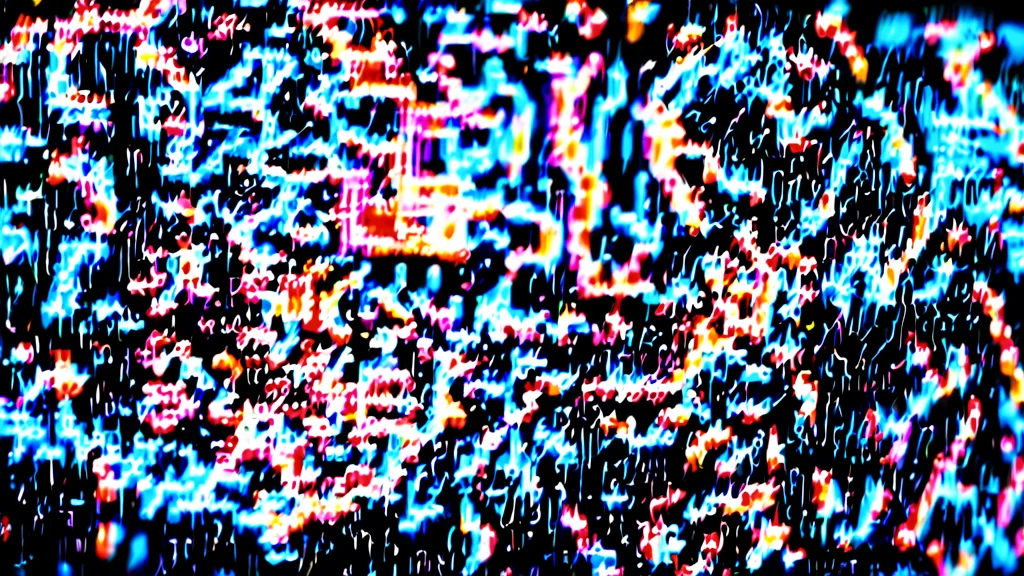A Surprising Encounter with AI Defect Detection
Remember last summer when I was redecorating my living room and ordered that gorgeous vintage vase online? When it arrived, I discovered a small crack that I hadn’t noticed in the online images. The disappointment was real! This incident got me thinking about how much we rely on human inspection in many aspects. But what if I told you that advancements in AI could significantly enhance how we detect defects in products, ensuring better quality control without straining human eyes or patience? Fascinating, right?
Advancing Beyond the Human Eye with AI
Have you ever wondered how many defects escape the human eye, even in the most rigorous quality control processes? It’s not a knock on human capability but a nod to human limitation. Enter AI in defect detection. AI systems are trained using thousands of images and data points to recognize imperfections that could be invisible or easily overlooked by human inspectors.
Real-World Applications of AI Defect Detection
From automotive manufacturing to pharmaceuticals, AI-driven defect detection is making significant inroads. For instance, in the automotive sector, AI algorithms analyze X-ray or camera images to spot inconsistencies or anomalies on metal surfaces or in welds that could affect vehicle safety and performance. In the pharmaceutical world, AI helps in detecting deviations in drug tablets that could affect efficacy and safety. These applications not only ensure product safety but also significantly reduce the time and cost related to quality control.
Learn about Ethical Considerations in AI Development
How Does AI Achieve Superior Defect Detection?
AI models, primarily using machine learning and computer vision, are taught to ‘understand’ what a perfect product looks like. They scrutinize every inch of an item as it moves along the production line, at speeds and precision no human can achieve. When they spot a deviation from the norm, they flag it for review. Isn’t it intriguing how a machine can learn such detailed, nuanced inspection tasks?
Amusing AI Misunderstandings in Quality Control
While AI greatly enhances defect detection, it sometimes gets it humorously wrong. Imagine an AI system flagging a model of rugged jeans as defective because of the designed tears and frays — fashion choices that are intentional! Or consider an AI confusing a special edition product with a bizarre design as flawed. These mix-ups, while amusing, also highlight the importance of continuously training AI systems to adapt to new trends and exceptions.
Enhancing Your Business with AI Defect Detection
Are you thinking about integrating AI into your quality control process? Start by clearly defining what constitutes a defect in your products. Getting a well-annotated dataset is key. Train your AI system with as many examples as possible — the good, the bad, and the ugly. It’s also critical to keep updating the AI model as your products evolve. Remember, the more data AI has, the smarter it becomes.
As we advance, the expectation is that AI will detect obvious defects and predict potential failures before they materialize. This predictive capability could transform product longevity and reliability. Does that make you look at your simple products a bit differently, knowing the high-tech scrutiny they might have passed through?
In conclusion, AI in defect detection is not just about replacing human effort but augmenting human abilities, ensuring higher standards, and driving innovations in product quality and safety. The next time you purchase something off the shelf, take a moment to appreciate the invisible AI guardian that might have inspected your choice!
Frequently Asked Questions (FAQs)
What is defect detection in AI?
AI defect detection uses machine learning and computer vision to spot imperfections in products, significantly improving accuracy over human inspection.
How is AI used in quality inspection?
AI is integral to quality inspection, where it automates the detection of anomalies and defects in products using advanced image analysis techniques.
What does AI stand for in inspection?
AI (Artificial Intelligence) refers to using automated systems to enhance the precision and speed of defect detection.
What is defect detection in AI?
It refers to using machine learning and computer vision to identify imperfections in products, enhancing accuracy over traditional human inspection methods.
What does AI visual inspection entail for defect detection in manufacturing?
AI visual inspection for defect detection in manufacturing involves automated systems that use AI to scrutinize products on the production line, identifying defects with high precision and speed.
How is AI applied in quality inspection processes?
In quality inspection, AI is applied to automate and enhance the detection of defects through detailed image analysis and pattern recognition, ensuring consistent product quality.
What role does AI play in inspection tasks?
In inspection, AI stands for Artificial Intelligence, which is utilized to improve the efficiency and effectiveness of inspecting products for defects, reducing dependency on manual processes.
